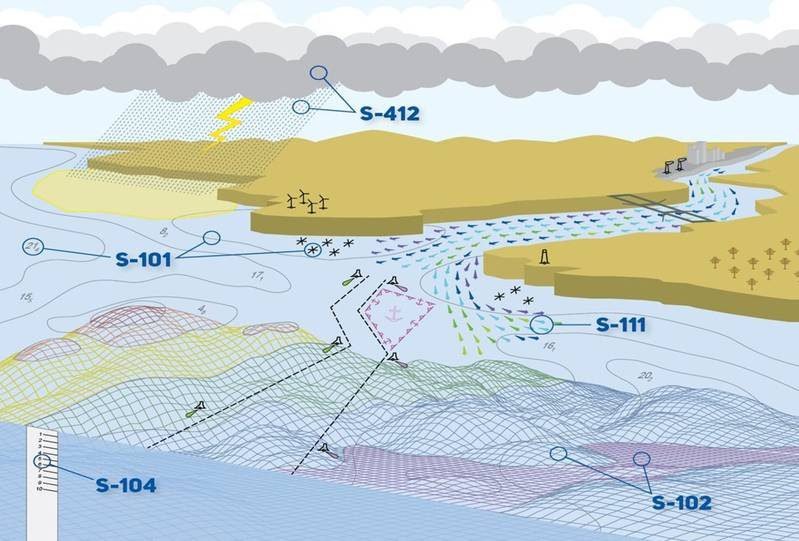The International Hydrographic Organization (IHO) member states have recently approved the first operational standards under the S-100 framework. This framework allows for the integration of various datasets into a single Electronic Chart Display and Information System (ECDIS). By combining Electronic Navigational Charts (ENCs), detailed depth information, and dynamic data on water levels and currents, mariners can enhance their situational awareness and decision-making capabilities. The adoption of these standards is expected to have a significant impact on ocean data collection and sea surveys, as official products and services based on these standards will require enhanced data to reach their full potential.
The implementation of the S-100 framework brings several benefits, including increased safety, enhanced efficiency, optimized loading capacity, and reduced environmental impact. These benefits align with the International Maritime Organization’s (IMO) greenhouse gas Strategy. Additionally, the implementation of S-100 is a crucial step towards achieving autonomous navigation and improving cyber security. The recent approval of operational editions of key S-100-based Product Specifications, such as Electronic Navigational Charts (ENCs) and Bathymetric Surface, marks a milestone in over 20 years of collaborative efforts by the IHO and its member states.
Moving forward, the development of Phase 1 Product Specifications continues, with standards for Navigational Warnings and the Catalogue of Nautical Products expected to be endorsed in early 2025. Phase 2 will focus on Product Specifications for route planning, including standards for Marine Protected Areas, Marine Radio Services, Marine Traffic Management, and Marine Harbour Infrastructure. The global commitment to S-100 implementation was underscored by the IMO’s adoption of revised Performance Standards for ECDIS, with S-100 ECDIS becoming legally required for use from January 1, 2026, and all new systems needing to comply with updated standards by January 1, 2029.









